Our Favorite Angle Grinder Automatically Adjusts Speed and Torque
Rely on a quality angle grinder for cutting, grinding, carving, and a host of other tasks. We tested a variety of models to find the best options.
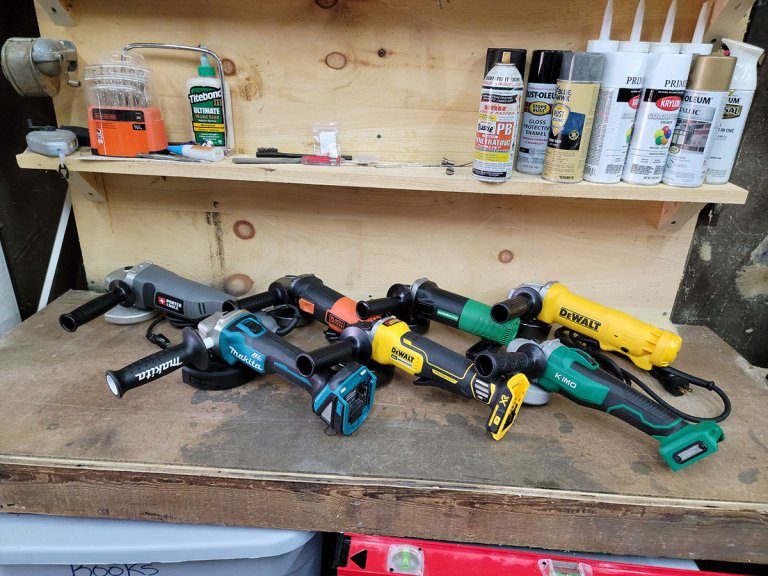
Rely on a quality angle grinder for cutting, grinding, carving, and a host of other tasks. We tested a variety of models to find the best options.
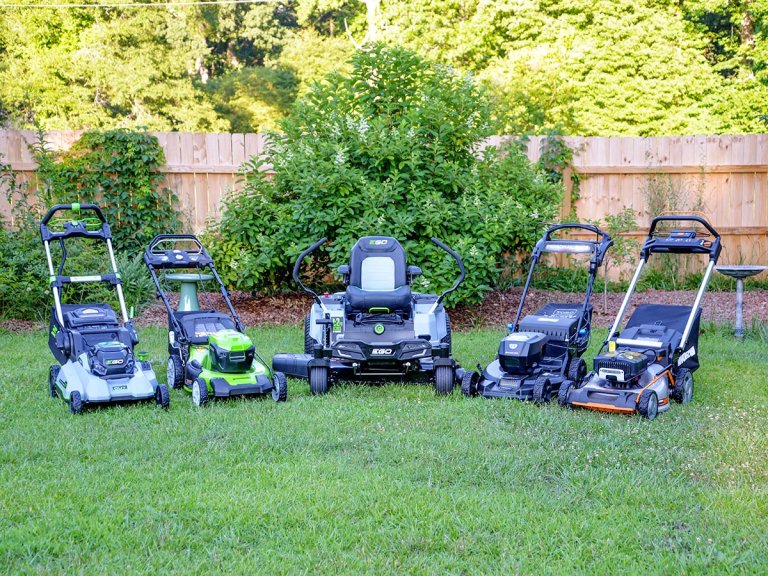
Make the switch to a greener yard with a high-performance battery-powered lawn mower.

Chop saws and miter saws are often confused for the same tool. But there are important differences every DIYer should know.

From whole-home backup kits to compact solar bundles, Jackery’s bestsellers now come with steep discounts and a valuable bonus.

If the flying menaces hanging out around your houseplants and seedlings are getting on your last nerve, here’s how you get them to bug off.
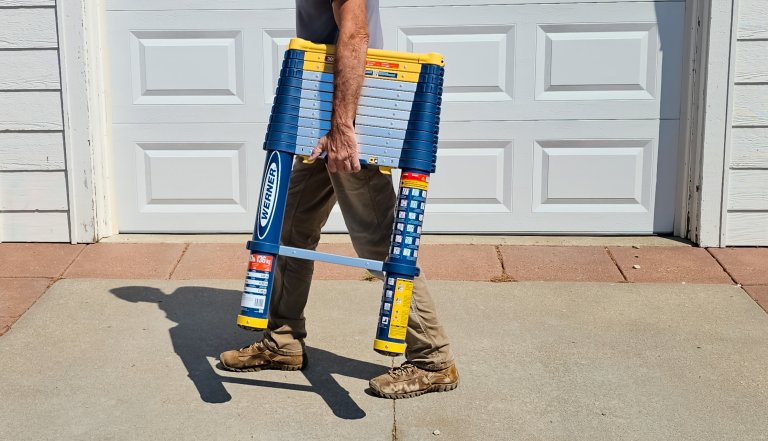
I’ve stood on more rickety ladders than I can count but Werner’s TS1250 isn’t one of them. It’s the sturdiest, safest telescoping ladder I’ve tested to date.

Each week, we bring you the hottest deals in Bob Vila-favorite categories like power tools, hand tools, home essentials, and more.

This Blackstone pizza oven is marked down more than 50% off. Hurry, it won't last long.
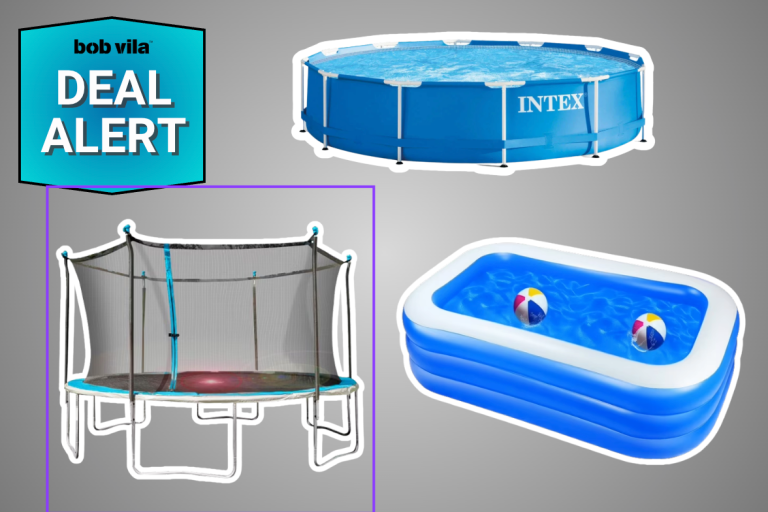
I scored a trampoline for $99, and found some huge markdowns on pools and more outdoor fun.
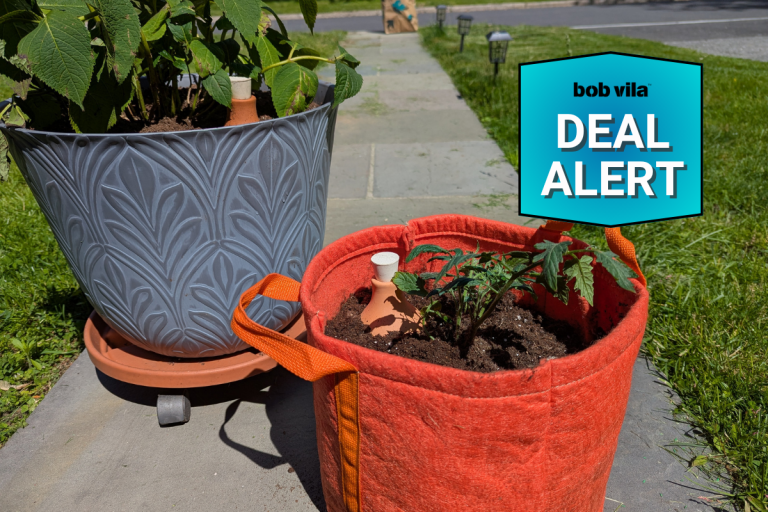
These garden accessories keep my plants well-watered, even when I'm away for the weekend.

I test and track tool prices year-round, and these DeWalt Prime Day deals on impact drivers, saws, and more are actually worth it.

Lowe’s Member Week runs through July 18. Here’s how to find the best markdowns—including a popular power tool under $100.

Now’s the time to upgrade your tired, old power tools or add some essentials to your toolbox with this incredible offer.
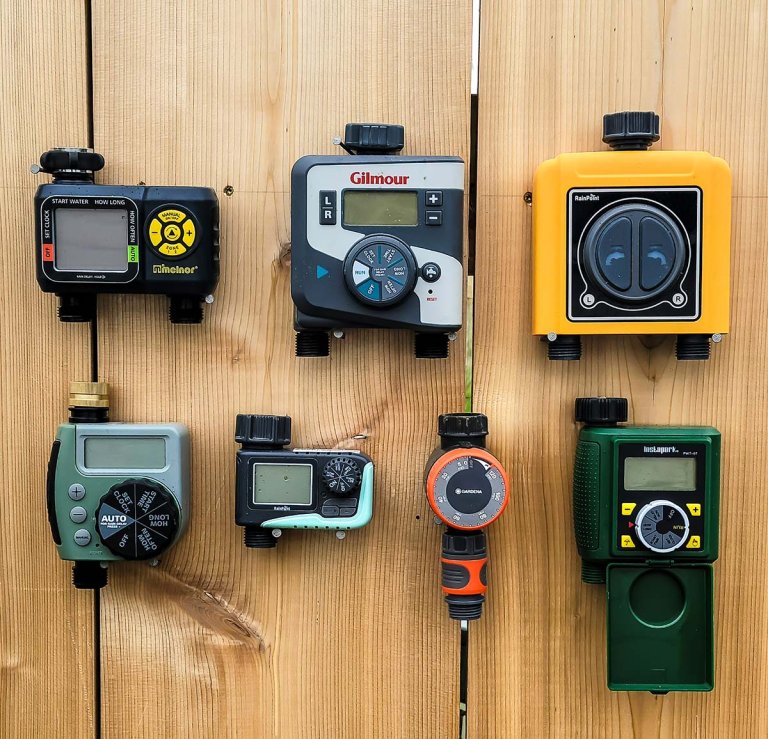
We tested several hose timers to bring you the best options for perfectly hydrated lawns and gardens.

It's the worst surge in 5 years.
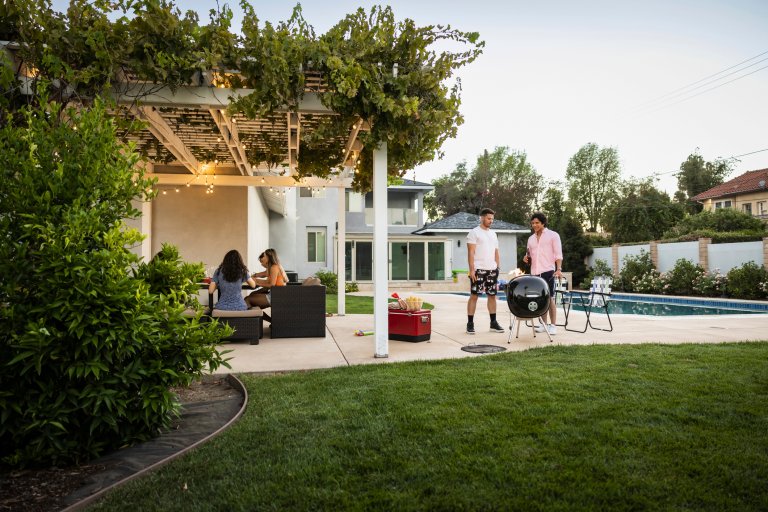
Find out what’s in and out when it comes to backyard upgrades.
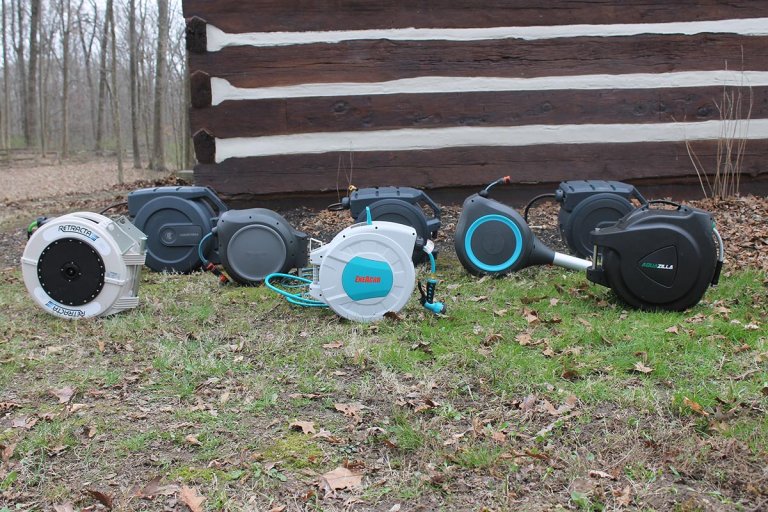
Tame an unruly garden hose with a sturdy retractable storage reel that best suits your yard and budget.

Try these expert-backed tricks to boost window efficiency.

Ryobi and DeWalt tools, patio sets, and power washers—these Home Depot deals beat Prime Day prices, and they’re live now.
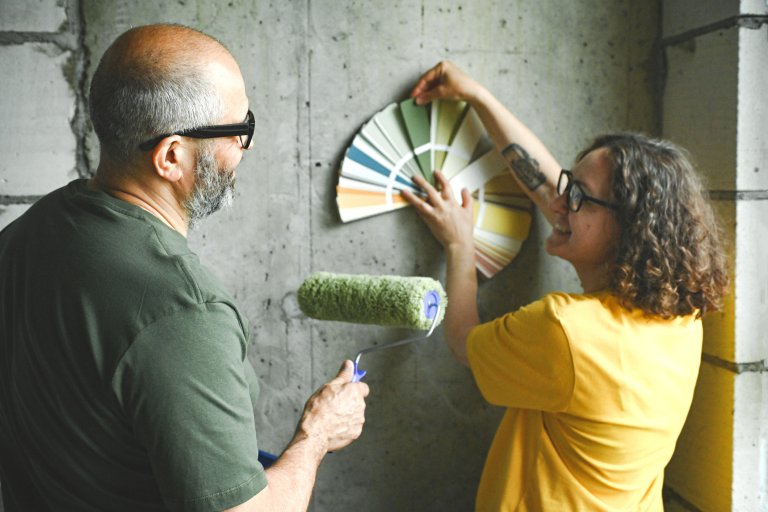
Know the best way to incorporate dark colors into your home without going overboard.